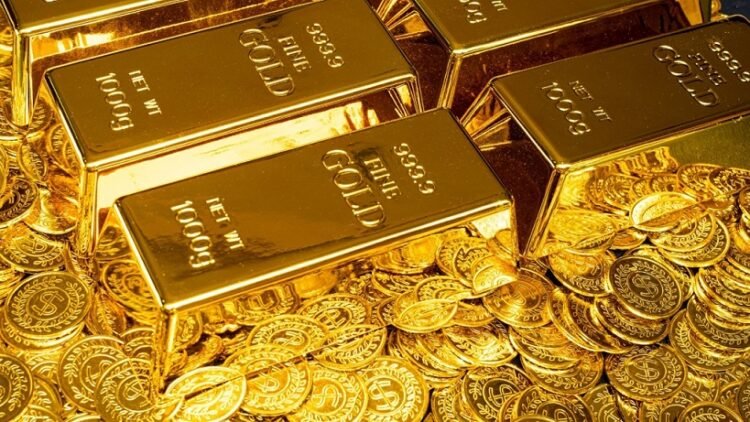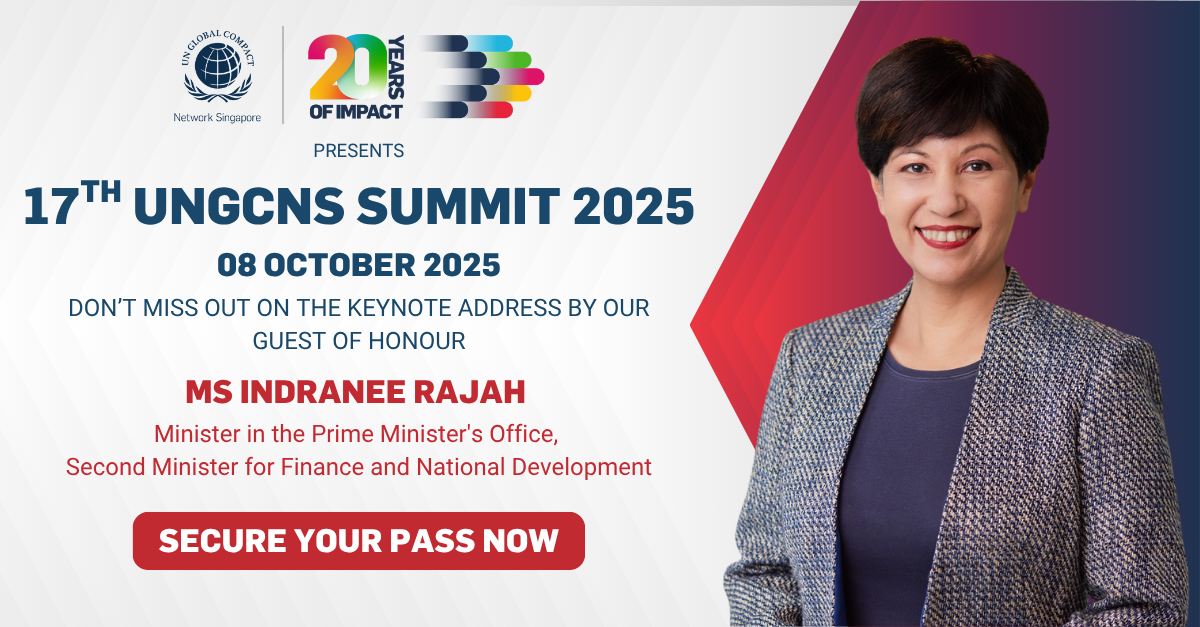Gold has broken through $4,000 an ounce for the first time, and Nigel Green, CEO of deVere Group, says the rally underlines investors’ unease about debt, inflation, and policy direction — though questions are now emerging about how much further it can go.
“Gold at $4,000 is a defining moment for global markets,” says Nigel Green. “It shows that confidence in fiat currencies and government debt is weakening. Central banks are buying record volumes, investors are following, and this combination has created a powerful price momentum. The question now is whether this pace can be sustained.”
The move marks a doubling in price in less than two years and a rise of around 20 percent in just two months. The surge reflects the scale of uncertainty that continues to hang over major economies and financial markets.
“Central banks have become the quiet force behind this climb,” says the deVere chief executive.
“They are buying close to one thousand tonnes of gold each year to reduce exposure to the dollar and to reinforce their financial resilience. When official institutions keep accumulating at this rate, they create a strong foundation beneath the market, but even that has limits.”
A prolonged government shutdown in the United States has deepened unease and accelerated the move into tangible stores of value.
Nigel Green continues: “The situation in Washington has reminded investors that political promises do not equate to financial security. Gold represents protection from that uncertainty, but its price now also reflects how much faith has drained from other assets. That level of dependence always carries risk.”
Inflation remains a major concern. Although headline figures have moderated in some economies, core pressures are proving harder to contain, while the cost of servicing enormous public debt keeps climbing.
“Central banks are edging back toward looser monetary policy to support slowing economies,” says Nigel Green. “Lower real yields and higher deficits tend to favour gold, but there is a balance. If inflation falls more decisively or growth stabilises, some of the speculative urgency could ease.”
Exchange-traded funds linked to gold have recorded renewed inflows as both institutions and private investors seek exposure.
“Technology has changed how people access the market,” he notes. “Fractional ownership through digital platforms has broadened participation and deepened liquidity. This accessibility amplifies demand, but it can also exaggerate moves when sentiment shifts.”
While the latest surge demonstrates gold’s enduring role in times of tension, the deVere CEO warns that investors should not assume a one-way trajectory.
“Gold has reasserted itself as a core component of global portfolios,” says Nigel Green. “However, after such a sharp rise, periods of consolidation are natural.
“The fundamental drivers, including persistent inflation risk, fiscal excess, and geopolitical strain, are still in place, but markets move in cycles.”
He concludes: “The $4,000 milestone is not necessarily a ceiling, yet it does mark a moment for reflection.
“It shows how fragile confidence in the system has become. Gold will remain an important store of value, but its future path will depend on how quickly the world restores faith in its institutions and factors such as sovereign debt management.”
(India CSR)










